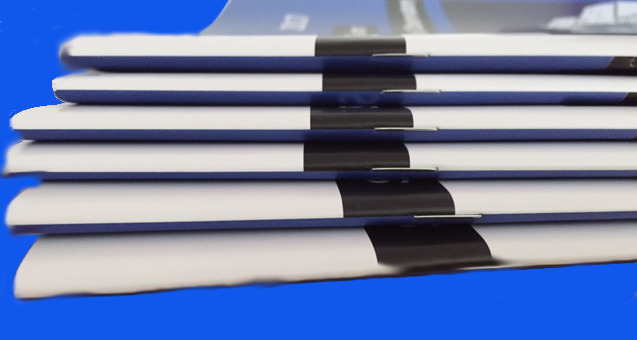
Factors affecting UV irradiance at selected wavelengths at Hoher Sonnblick
Typ:
Zeitungs- oder Zeitschriftenartikel
Autor:
Simic, S. and Fitzka, M. and Schmalwieser, A. and Weihs, P. and Hadzimustafic, J.
Journal:
Atmospheric Research
Jahr:
2011
Issn:
0169-8095
Volume:
101
Publisher:
Elsevier B.V.
Abstract:
The effects of clouds and surface albedo on spectral UV irradiance are investigated at the mountain observatory Hoher Sonnblick (47.05°N, 12.95°E, 3106 m a.s.l.) in the Central Austrian Alps. Spectral UV radiation in the presence of clouds is measured with a Bentham spectroradiometer along with detailed cloud observations. Ratios of measured to modeled clear sky UV intensities (cloud modification factors) are evaluated for over 9000 spectral UV measurements to quantitatively provide the dependency of cloud modification factors on total cloud amount, cloud type, wavelength, and effective surface albedo. Effective albedo can be altered through changes in snowline height and clouds below the station. Average albedo is increased by 0.28 ± 0.15 due to cloud cover ≥ 4/8 below the observatory, accounting for cloud modification factors in the range of 1.02–1.14 in 75% of the investigated cases. Compared to snow-free conditions, an irradiance enhancement of 1.22 at 305 nm arises from a mean albedo of 0.68 and clear sky conditions, corresponding to a snowline height of 1000 m. Enhancements through augmented albedo can be considerably stronger under the presence of cloudiness. Enhancements through clouds are most commonly found with clouds below the station, accounting for about 40% of all cases of enhancements, often occurring in the presence of cumulus clouds (Cu, Sc, Ac) with an unobstructed solar disk. Analysis of total sky images reveals that enhancements can also be observed when the solar disk is obstructed by clouds or the sky is overcast. Research highlights ► High surface albedo counteracts the attenuating effect of clouds. ► Snow line changes can cause irradiance enhancements of more than 22%. ► Clouds below the station contribute significantly to effective albedo. ► About 40% of UV enhancements occur with clouds below the station. ► About 53% of cases of enhanced UV irradiance occur while the sun is unobstructed.
Number:
4
Language:
eng
Keywords:
Uv Radiation ; Surface Albedo ; Cloud Modification Factor ; Enhanced Uv